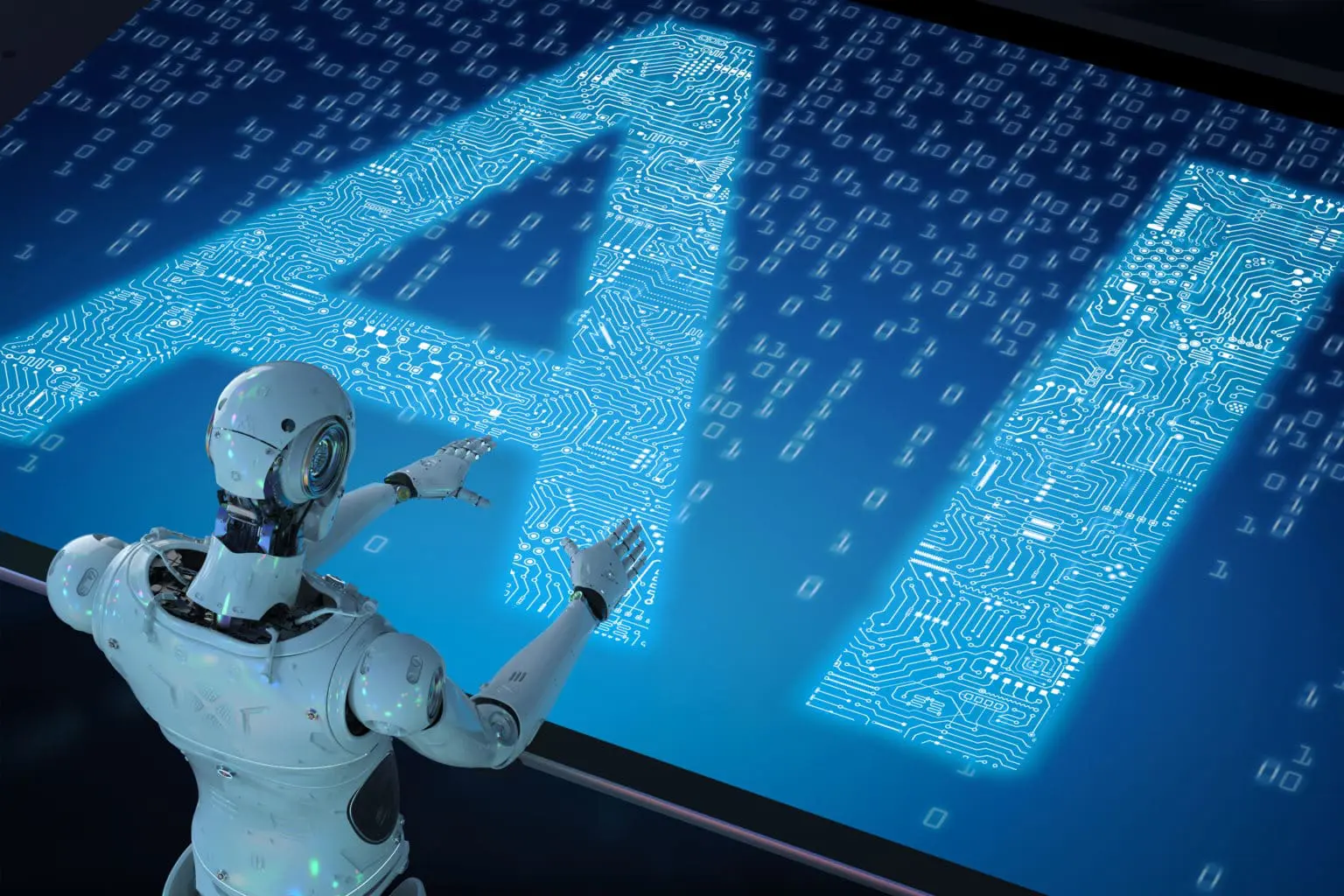Though Artificial intelligence has been around since the 1950s in various forms, it is only since 2022 that it has come into the mainstream. The recent surge in AI has been particularly due to the Generative AI Evolution, which is the ability of AI to generate text, images, videos etc when prompted with relevant text. Generative AI learns from materials all across the Internet. This rapid growth has also been possible due to the speed at which new hardware designed specifically for AI has introduced, you can read more on the AI hardware revolution here.
Since this recent AI story mainly started with OpenAI, let’s first look at the major events with this company, also learning a few terms. OpenAI built a generative pre-trained transformer (GPT) for its language models GPT-1, GPT-2 but these had limited responses. It was the large language model (LLM) GPT-3 that created all the buzz when released in 2020, and it was trained on 175 billion parameters. This was a key development in AI.
OpenAI released DALL-E in 2021 which was text to image model, this would generate realistic, editable images when prompted with natural language.
For many who are still new to AI (or are living under a rock 😊) and haven’t followed what’s been going on in the world of AI, Here’s a brief recent timeline or history of how AI has developed since ChatGPT came on the scene in 2023, the Generative AI Evolution
- Nov 2022- Start of 2023: ChatGPT was launched in Nov 22 acquiring 1 million users in just 5 days making it the fastest growing App in history and went on to become massively popular in 2023. It was powered by LLM called ChatGPT 3.5. This was good but could only take text input
- Feb 2023: ChatGPT was integrated by Microsoft in Bing Search
- Feb 2023: OpenAI started offering a subscription of ChatGPT plus
- Mar 2023: ChatGPT API was released which allowed developers to integrate it’s functionality in their Applications.
- Mar 2023: Anthropic launched Claude an alternative to ChatGPT on 14 Mar 2023
- Mar 2023: Google introduced the ChatGPT competitor Bard (now Gemini) on 21 Mar 2023
- Nov 2023: OpenAI launch GPT-4 which had many improvements and multimodal functions
- Dec 2023: Google launch Gemini, it’s generative AI model and chatbot. Gemini was designed to compete with GPT-4
- Jan 2024: Stable LM 2 which is a series of LLMs with 1.6 billion and 12 billion parameters was release by Stability AI
- Feb 2024: OpenAI unveiled Sora which was a text to video model that could generate realistic videos
- Mar 2024: Claude 3 was released by Anthropic. This was a family of 3 models- Haiku, Sonnet and Opus, which had advanced meta-cognitive reasoning abilities.
- Mar 2024: Inflection 2.5 was launched by Inflection AI, which achieved over 94% of GPT-4’s average performance using only 40% of the training FLOPs
- Mar 2024: Jamba was introduced by AI21 Labs, this was world’s first production grade mamba style LLM featuring a hybrid architecture with 256k context window.
- Mar 2024- March was probably one of the most eventful months in AI. The European parliament approved the AI Act which was world’s 1st comprehensive AI regulation legal framework.
- Apr 2024: Mixtral 8x22B which is sparse model with 141 billion parameters was introduced by Mistral AI with improved efficiency and performance.
- Apr 2024: In this month, NVIDIA had an annual conference where they showcased the advancements in AI hardware and the role of GPUs in training LLMs
- May 2024: GPT-4o was released by OpenAI which is a multimodal iteration of GPT designed for improved speed and lower cost.
- May 2024: Gemini 1.5 pro private preview was launched by Google featuring million token context window.
- June 2024: Claude 3.5 Sonnet was released by Anthropic, introducing real time code generation previews with its Artifacts feature.
- June 2024: In WWDC 2024 which is Worldwide Developers conference held annually by Apple, they unveiled Apple Intelligence which integrated advanced AI into core apps like Siri, messaging etc
- July 2024: GPT-4o mini was introduced by OpenAI which was a cheaper and faster option based on smaller LM
- Aug 2024: The EU AI Act was enforced; this was a crucial step in AI regulation.
- Sept 2024: The O1 series including O1-mini of reasoning models was introduced by OpenAI which was designed to think before responding and enabled them to reason through complex tasks and solve harder problems.
- Nov 2024: Anthropic partnered with Amazon designating AWS as their primary cloud provider for AI model training in a 4$ billion deal.
- Nov 2024: OpenAI integrated ChatGPT in MacOS, which enabled AI powered task automation in desktop Apps.
- Nov 2024: Tessl, An AI startup focused on automated code generation raised 125$ million reaching a valuation of 500$ million.
- Nov 2024: A Robotics Software Startup, Physical Intelligence, raised 400$ million in series A funding, achieving a valuation of 2$ billion.
- Dec 2024: Sora Turbo was release by OpenAI to general public which is a faster version of their text to video model.
- Dec 2024: Gemini 2.0 is introduced by Google, marking the beginning of their “Agentic Era”
- Dec 2024: Williow, the state-of-the-art quantum chip is unveiled by Google.
Here, I have tried to keep things brief, just for the readers to come to speed with the Generative AI Evolution and it’s major developments as a timeline. More posts with details may follow where we could talk about each major player and how they have evolved.


